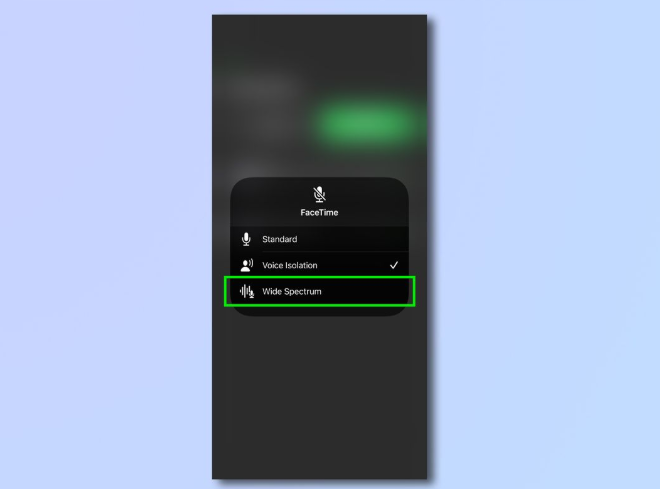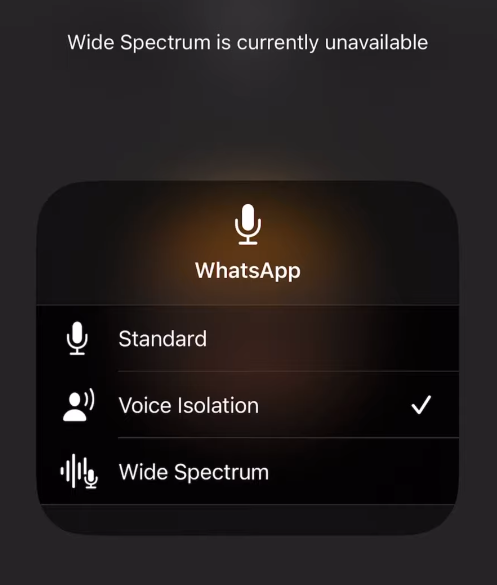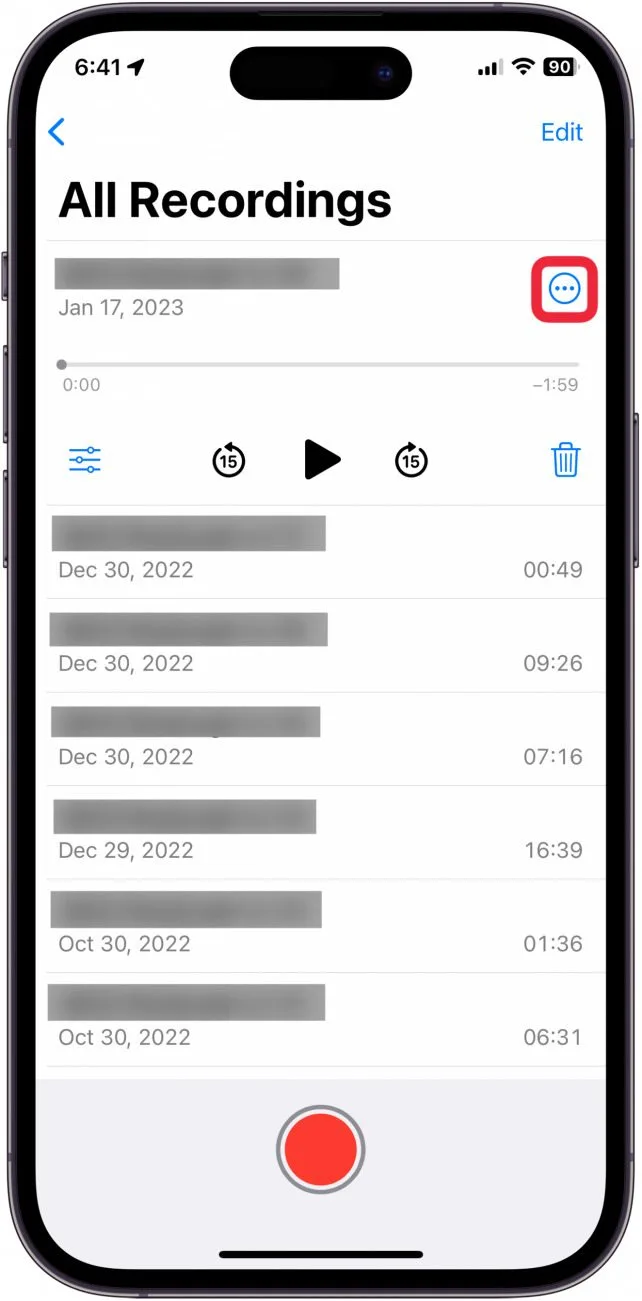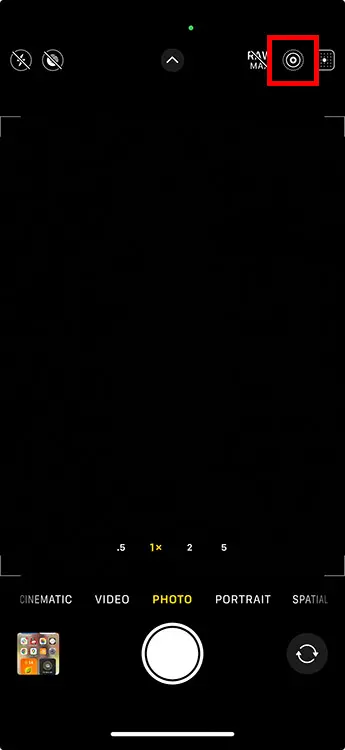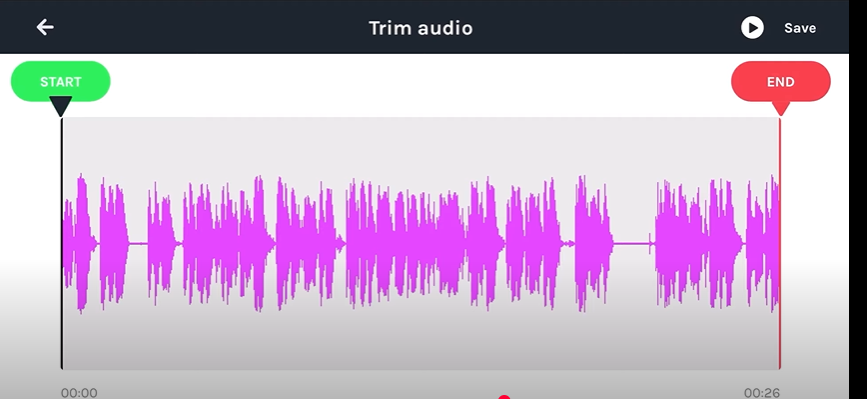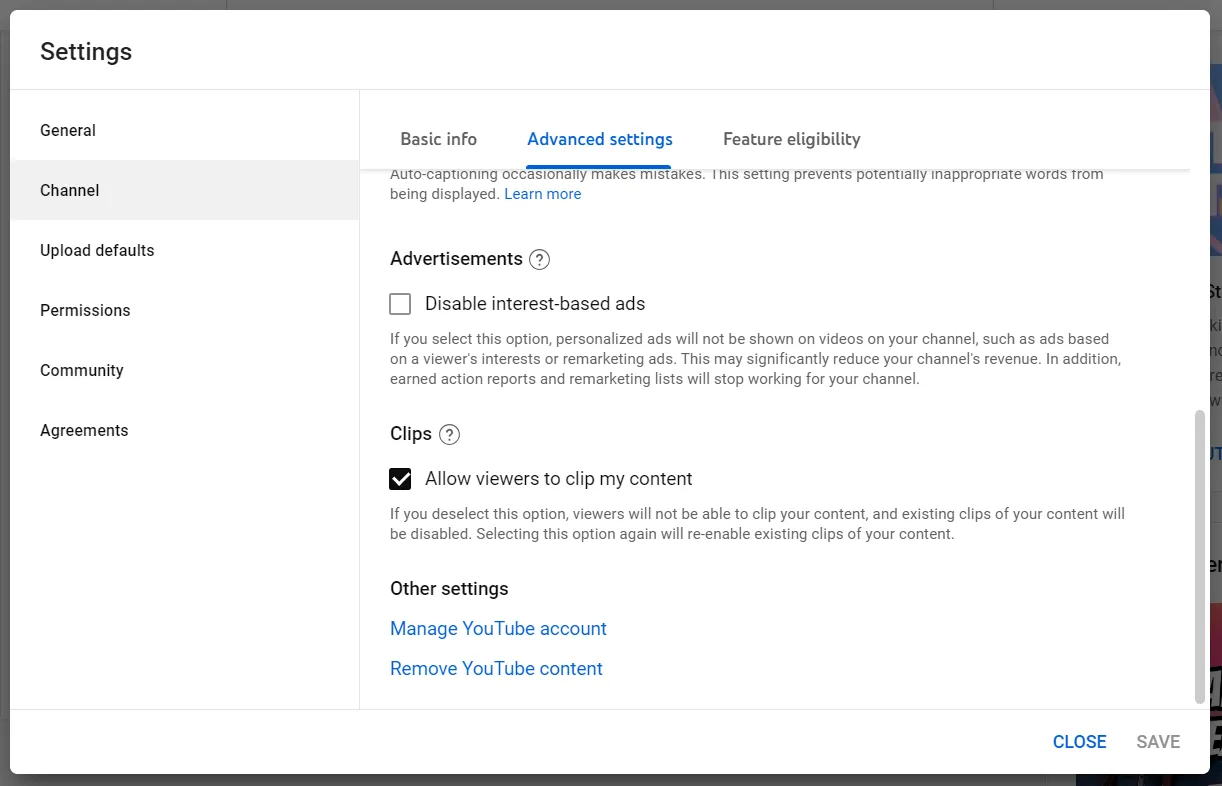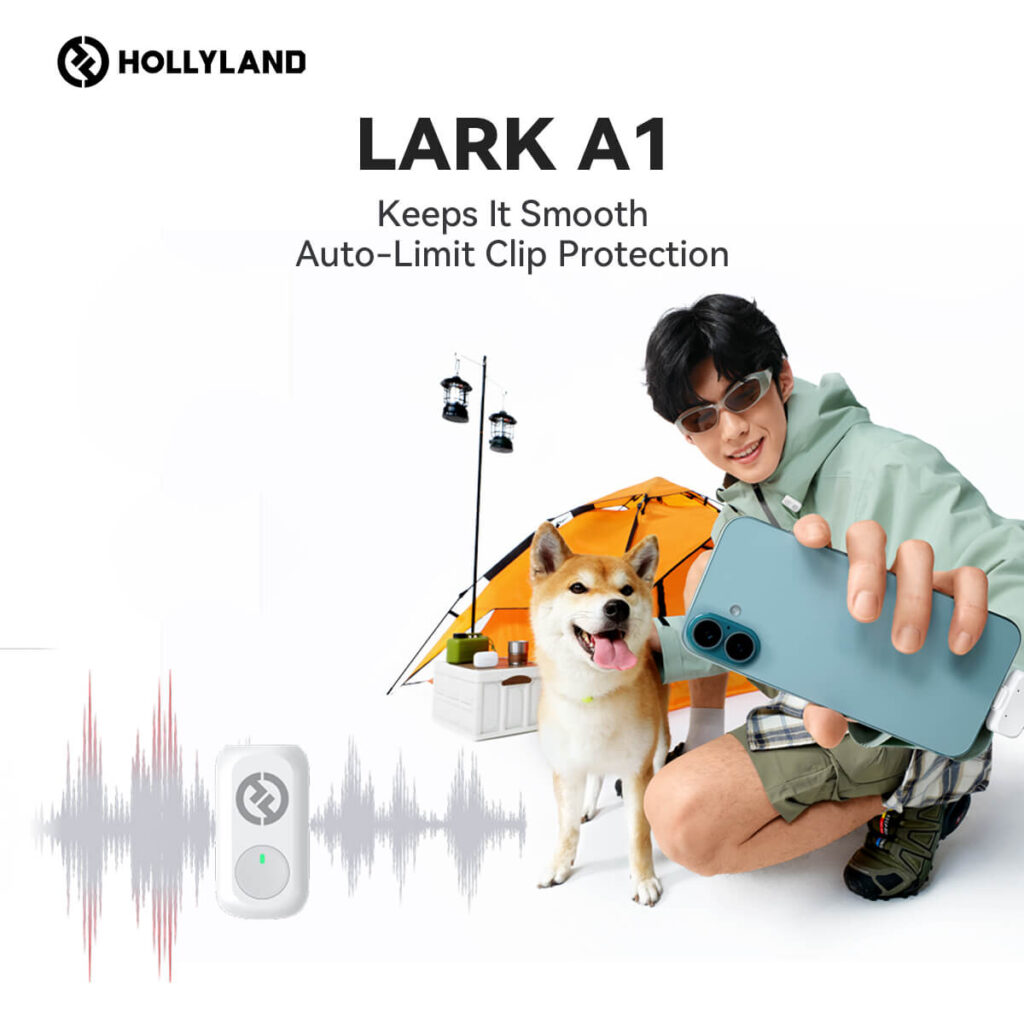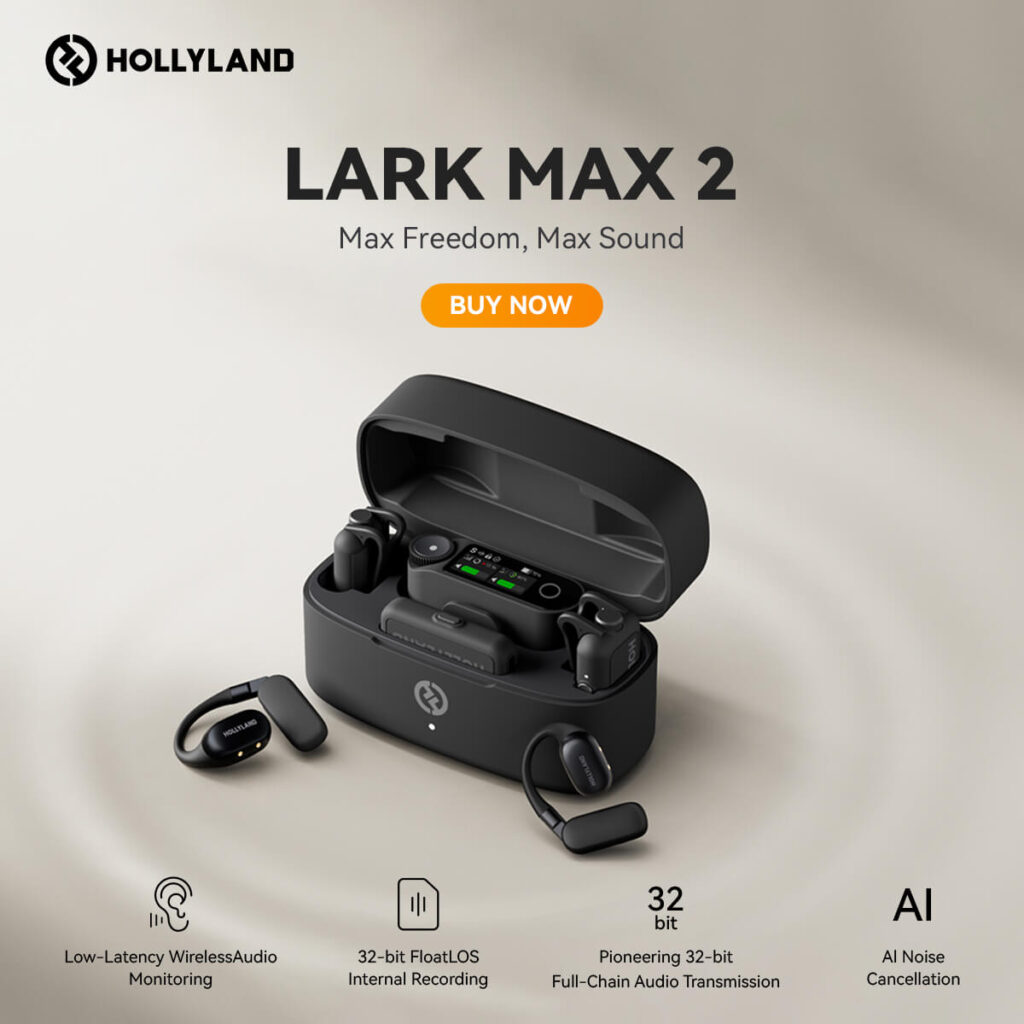Are you looking to elevate your iPhone XR audio recording capabilities? Whether you’re a budding podcaster, a video content creator, or just someone looking to capture clearer sound on your phone, an external microphone can transform your audio quality from good to great. Finding the right mic can be daunting with so many options out there, but fear not! We’ve sifted through the noise to bring you the top picks for the best external microphones tailored for your iPhone XR. Get ready to plug in, record, and impress with crystal-clear sound that stands out in any crowd.
When choosing the best external microphone for the iPhone XR, there are several criteria to consider to ensure that you get the most suitable audio recording quality for your needs:
- Compatibility: Ensure the microphone is compatible with the iPhone XR. It should either connect via the Lightning port or wirelessly via Bluetooth.
- Audio Quality: Look for microphones with high-quality audio capture, preferably with noise-canceling features to minimize background noise and improve clarity.
- Purpose: Consider the primary use of the microphone. Different activities (vlogging, interviewing, podcasting, or music recording) may require different types of mics, such as lavalier, shotgun, or condenser microphones.
- Portability: A good external microphone should be compact and easy to carry around without compromising on the quality of sound capture.
- Ease of Use: The microphone should be user-friendly, particularly for those without technical expertise, which means easy to set up and operate.
- Durability: The build quality should be robust enough to handle regular use, particularly if you plan to use it outdoors or in demanding conditions.
- Battery Life: If the microphone is wireless, battery life is a key consideration to ensure it lasts through your recording sessions.
- Accessories: Additional accessories such as windshields for outdoor use, carrying cases, and mounting options can be beneficial.
By considering these factors, you can select an external microphone that enhances your iPhone XR’s audio recording capabilities for various applications.
Below is a simplified comparison of the listed products based on their price and key specifications:
| Product Name | Price Range (Approx) | Type | Connectivity | Pickup Pattern | Sampling Rate | Additional Features |
|---|---|---|---|---|---|---|
| Shure MV88 Portable iOS Microphone | $150-$180 | Condenser | Lightning Connector | Adjustable (Cardioid/Bidirectional) | Up to 24-bit/48kHz | 5 DSP Preset Modes, ShurePlus MOTIV app for recording/control |
| Rode VideoMic Me-L Directional Mic | $60-$80 | Condenser | Lightning Connector | Cardioid | Not Specified | Plug and play, Furry windshield included for field use |
| Sennheiser ClipMic Digital | $200-$250 | Lavalier | Lightning Connector | Omnidirectional | Up to 24-bit/96kHz | Apogee 24-bit/96 kHz digital connection, MetaRecorder App offered |
| Zoom iQ7 Mid-Side Stereo Microphone | $100-$140 | Condenser | Lightning Connector | Mid-Side Stereo | Up to 16-bit/48kHz | Rotatable capsule for alignment, Handy Recorder app for control |
| Apogee MiC Plus | $250-$300 | Condenser | USB, Lightning (with adapter) | Cardioid | Up to 24-bit/96kHz | Plug and play, Gain control, No batteries required, Blend feature |
Prices can vary based on the seller, location, and current promotions, so it’s important to check updated prices from reliable retailers.
This table should give you a starting point for comparing the microphones. You’ll want to consider not only price and specs but also what you’re going to use the microphone for—whether it’s for interviews, field recording, podcasts, or music. It’s also a good idea to check product reviews and listen to audio samples if available.
Shure MV88 Portable iOS Microphone
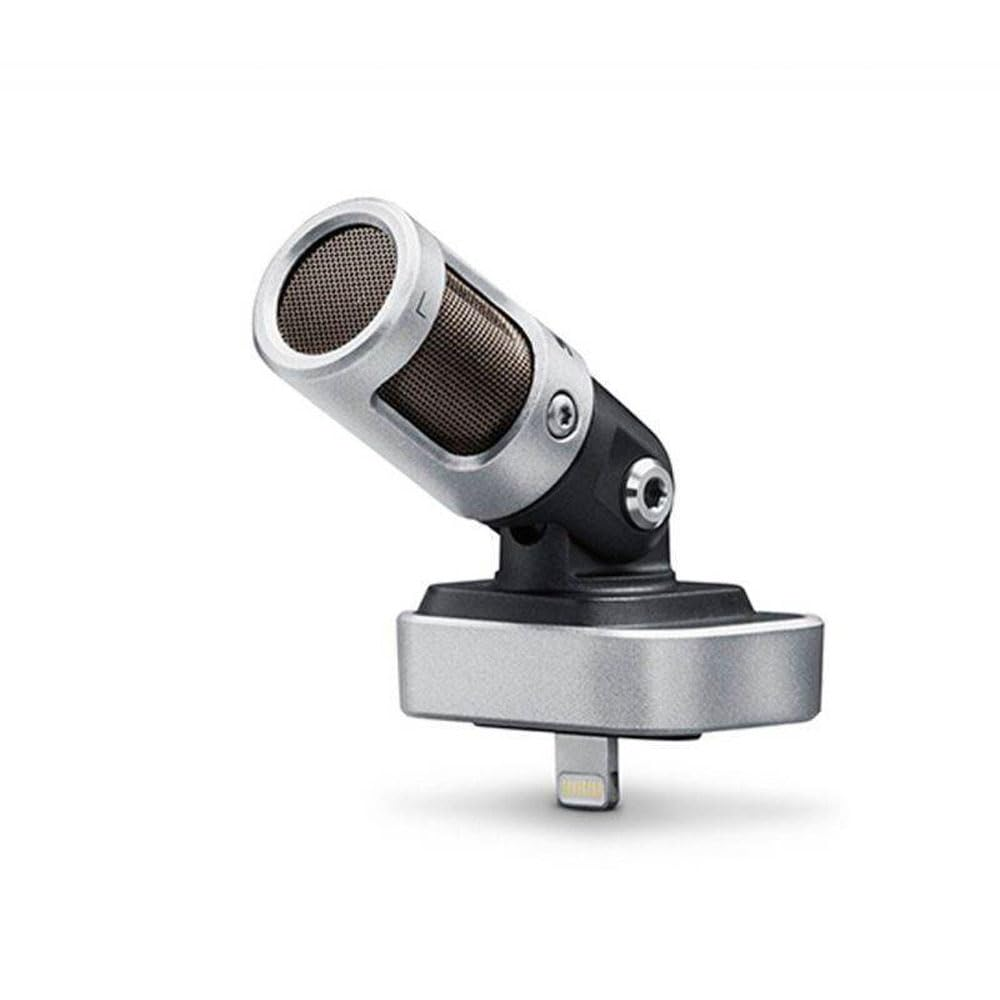
The Shure MV88 is a compact yet powerful external microphone that’s specifically designed to enhance the audio quality of recordings made with your iPhone XR. Upon first use, what struck me most is the MV88’s robust build and intuitive design. It seamlessly plugs into the device’s Lightning port — no clunky adapters needed. The ShurePlus MOTIV audio app that accompanies the microphone is a godsend for anyone serious about their sound quality, allowing a degree of control you’d typically expect in a professional studio setting.
Specs
This microphone features a mid-side architecture, which means it can capture audio in a highly directional or more ambient manner, depending on your needs. The polar pattern adjustment is quite a standout specification — it offers the flexibility to record in various configurations like stereo, mono cardioid, mono bidirectional, and raw mid-side. It also boasts a frequency response that ranges from 20 Hz to 20,000 Hz, ensuring you capture the full audible spectrum with fidelity.
Pros:
- Exceptional audio quality with adjustable directional recording.
- Lightning connector provides a direct, secure connection with the iPhone XR.
- Durable metal construction that feels premium and long-lasting.
- Real-time adjustments available through the app enhance the recording experience.
Cons:
- The necessity to remove your iPhone case for a proper connection can be a slight inconvenience.
- A bit pricier than some entry-level mics, but the quality justifies the cost.
Price
The Shure MV88 usually retails somewhere around the $150 mark. This may seem steep for casual users, but for those looking to seriously upgrade their audio game, this microphone is a solid investment.
In conclusion, the Shure MV88 sits in a sweet spot for iPhone XR users looking to significantly enhance their audio without lugging around heavy equipment. Given its superior sound quality, ease of use, and versatility, it’s an almost essential gadget for vloggers, musicians, and podcasters who are often on the move. The price reflects its professional features, making it a valued tool in any content creator’s arsenal.
Rode VideoMic Me-L Directional Microphone
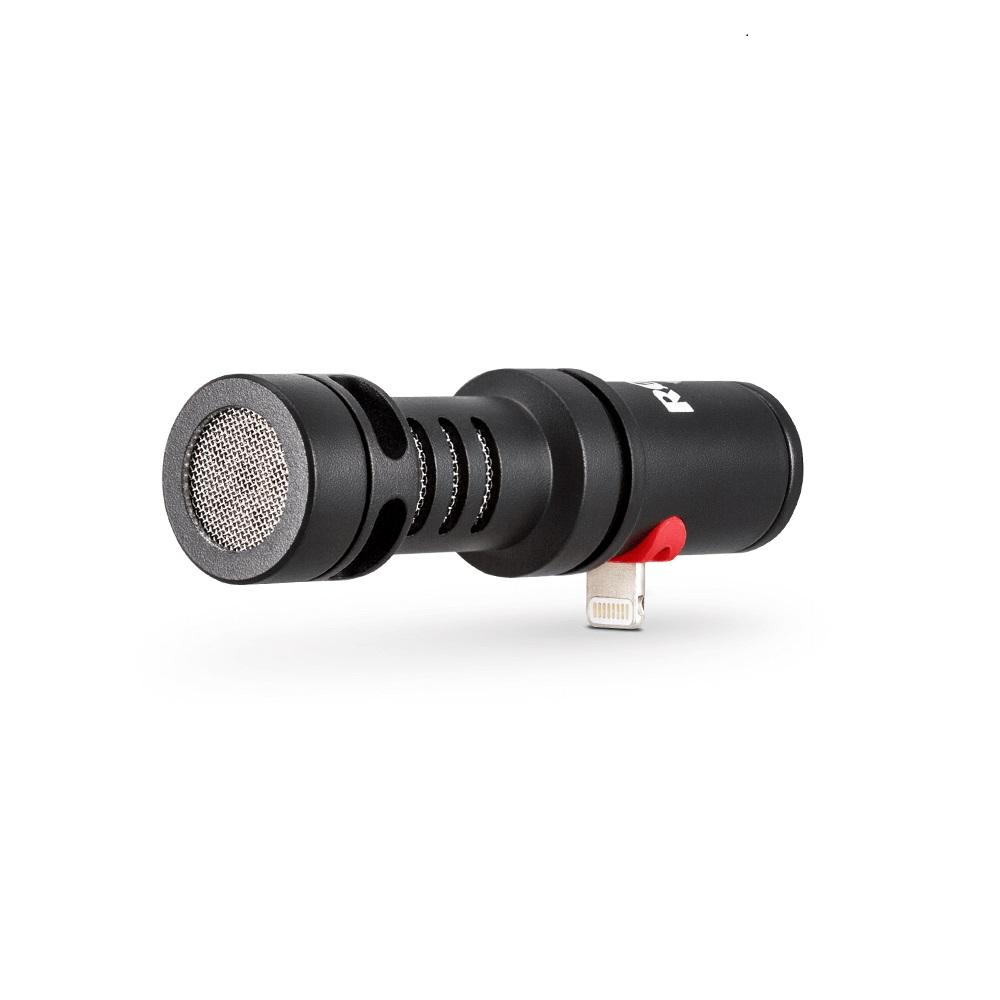
The Rode VideoMic Me-L is a compact, directional microphone designed to connect directly to your iPhone XR via the Lightning port, offering a significant upgrade to the phone’s built-in microphones. This mic is particularly suited for video content creators, vloggers, and anyone looking to achieve higher quality audio recordings while on the move.
In my experience, what sets the VideoMic Me-L apart is its ability to focus on the sound in front of the camera while minimizing background noise – a common challenge when recording outdoors or in noisy environments. Its plug-and-play design means it’s incredibly user-friendly; no need for additional software to get started. The build quality feels sturdy, and the inclusion of a furry windshield is a thoughtful touch that proves invaluable for outdoor recording sessions.
Specs:
- Acoustic Principle: Pressure gradient electret condenser
- Polar Pattern: Cardioid
- Frequency Range: 20Hz – 20kHz
- Signal to Noise Ratio: 74.5 dB
- Connection: Lightning Connector
- Dimensions: 73.5 x 20.2 x 25.7 mm
- Weight: 28 grams
Pros:
- The directional cardioid pattern is excellent for capturing sound where the camera is pointed, reducing ambient noise.
- Easy-to-use, no battery required; it draws power directly from the iPhone, making it convenient for impromptu recording sessions.
- The included windshield is effective in mitigating wind noise during outdoor recordings.
- Compact and lightweight, it’s easy to carry around without adding bulk to your mobile setup.
Cons:
- Compatibility is limited to devices with a Lightning port, so you can’t use it with USB-C devices or older iPhones without an adapter.
- It can feel a little cumbersome on the phone if you’re also trying to use other accessories like a gimbal.
- No headphone jack which means you can’t monitor the audio while recording.
- It may not be suitable for professional audio work where multi-microphone setups are required.
Price:
The Rode VideoMic Me-L is priced at a middle-tier point, which I find reasonable considering the quality jump from your average budget microphones. It’s a solid investment for content creators who prioritize audio quality without breaking the bank. However, you’ll need to check the latest pricing, as it can fluctuate.
In conclusion, the Rode VideoMic Me-L is a stellar choice if you’re looking for an uncomplicated setup that delivers clear and focused audio for your iPhone XR recordings. While it may lack some of the flexibility of more professional equipment, for the average user aiming to step up their audio game, this mic hits the sweet spot between performance, ease of use, and price.
Sennheiser ClipMic Digital

The Sennheiser ClipMic Digital strikes an excellent balance between portability and audio quality, making it a superb choice for iPhone XR users who demand pristine sound without the bulkiness of larger microphones. Sennheiser is a brand synonymous with high-quality audio, and this device doesn’t disappoint.
Upon testing the ClipMic Digital with my iPhone XR, I was immediately impressed by its user-friendly approach. Designed for professionals and enthusiasts alike, it plugs directly into the iPhone’s Lightning port, ensuring a stable connection without the need for cumbersome adapters. The discreet, clip-on design makes it ideal for on-the-go interviews, podcasting, or any situation where hands-free operation is desired.
The audio capture is where the Sennheiser shines. Voices come through with impressive clarity and richness, indicative of Sennheiser’s commitment to audio excellence. I noticed it does an admirable job at minimizing background noise while honing in on the subject’s speech, making it a top-notch option for field journalists or mobile vloggers.
Specs:
- Connector: Apple MFi certified Lightning connector
- Frequency response: 30 Hz to 20,000 Hz
- A/D conversion: Multibit DeltaSigma
- Cable length: Approx. 1.6m
- Microphone type: Omnidirectional lavalier
Pros:
- Exceptional audio quality with clear voice capture.
- Incredibly easy to set up and use; it’s simply plug-and-play.
- The lightweight and compact design make it almost unnoticeable when clipped on.
- Sennheiser’s companion app allows for on-the-fly adjustments, enhancing the user experience.
Cons:
- The price point may be a touch high for casual users, although justified by the professional-grade audio.
- The omnidirectional pattern is great for natural sound, but it may capture too much ambient noise in loud environments.
Price:
At the time of review, the Sennheiser ClipMic Digital is a bit of an investment, typically retailing around $200. It’s a premium product with a price tag to match, but for users serious about their audio, it’s a worthwhile purchase.
In conclusion, the Sennheiser ClipMic Digital stands out as a superior external microphone for the iPhone XR. Its sleek design, simple functionality, and stellar sound quality align with the needs of users who require professional-grade recordings without the bulk of traditional microphones. Despite its higher price point, the investment is merited for those who put a premium on audio quality and ease of use.
Zoom iQ7 Mid-Side Stereo Microphone
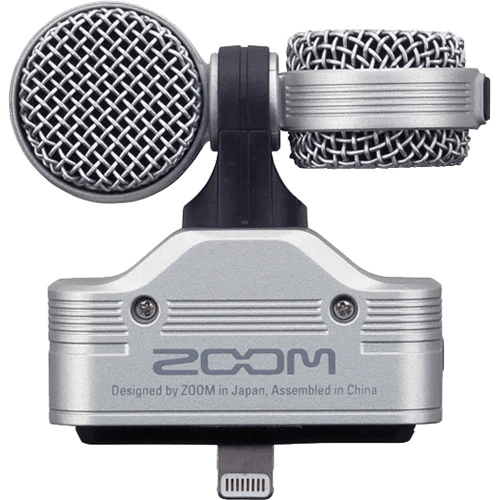
The Zoom iQ7 is an innovative microphone that quickly transforms your iPhone XR into a full-fledged audio recording device. Tailored specifically for iOS devices with its lightning connector, the iQ7’s revolving design and versatile recording features make it stand out in the world of external microphones. Suitable for podcasters, musicians, or anyone looking to upgrade their audio quality, this unit offers a unique approach to sound capture with its mid-side microphone configuration.
Upon testing the iQ7, the first thing I noticed was how intuitively it fits into the iPhone XR’s form factor. Its compact size is perfect for on-the-go recording without adding bulk. Audiophiles will appreciate the ability to adjust the stereo width—this means you can capture immersive soundscapes or narrow the focus for more direct sound capture.
The microphone boasts an impressive sound quality that elevates your recordings well above the built-in iPhone mic. It maintains clarity even in loud environments and has a natural warmth that enhances spoken word. The companion app is a huge plus, allowing for on-the-fly adjustments and recording settings that give you creative control over your audio.
Specs:
- Microphone Type: Mid-Side Stereo
- Compatibility: iPhone, iPad, iPod with Lightning Connector
- Frequency Response: 20Hz to 20kHz
- Input Gain: +3 to +43dB
- Maximum Sound Pressure: 120dB SPL
Pros:
- Mid-side recording allows for adjustable stereo width.
- Portable and user-friendly design.
- Solid build and excellent sound quality.
- Easy to use companion app for added flexibility.
Cons:
- Requires external power when used with some apps, which can drain your iPhone’s battery faster.
- Windscreen sold separately, which is a necessity for outdoor recording.
- No Lightning pass-through for simultaneous charging and recording.
Price:
Prices may vary based on retailer and ongoing promotions, but the Zoom iQ7 generally sits in the mid-price range for iPhone microphones. It strikes a balance between cost and quality, making it an investment that won’t break the bank for most enthusiastic content creators or amateur audio engineers. Remember that quality audio can dramatically improve your production value, and in that regard, the iQ7 provides a significant boost without a hefty price tag.
Apogee MiC Plus

The Apogee MiC Plus is a high-quality, portable USB microphone that is designed to deliver studio-grade recordings in a compact and easy-to-use package. Ideal for musicians, podcasters, and content creators looking to capture professional audio on their iPhone XR, the MiC Plus stands out for its simplicity and impressive audio fidelity.
Having used the MiC Plus for various projects, I’ve consistently been impressed by its warmth and clarity. With a no-fuss approach to recording, it’s as simple as plugging it into your iPhone XR via the included Lightning cable and you’re ready to go. The build quality is solid, giving it a premium feel that is often lacking in portable microphones.
One of the standout features is the built-in headphone output, which allows for real-time monitoring. This is incredibly useful for ensuring the audio levels are just right and avoiding the dreaded post-recording realization that the audio is unusable due to clipping or low levels.
Specs:
- PureDIGITAL connection for pristine sound quality
- Up to 96kHz/24-bit HD recording
- No configuration required, plug-and-play
- Cardioid condenser microphone capsule
- Built-in headphone output for latency-free monitoring
Pros:
- The sound quality is exceptional for a microphone of this size.
- It’s highly portable and simple to set up, making it perfect for impromptu recording sessions.
- The inclusion of a gain control knob on the microphone itself allows for quick adjustments on the fly.
- It’s compatible with a wide range of iOS apps, giving you flexibility in your recording setup.
Cons:
- The price point might be a bit steep for hobbyists or those on a tight budget.
- It requires power from your iPhone XR, which can drain the battery more quickly during extended recording sessions.
Price:
At the time of review, the Apogee MiC Plus tends to hover around the mid-to-high end of the external iPhone microphone market. While it is not the cheapest option available, the investment reflects its superior sound quality and robustness. You’re paying for a piece of equipment that elevates your iPhone’s audio recording capabilities closer to a professional standard.
In conclusion, the Apogee MiC Plus is a serious contender for those looking to enhance their mobile recording capabilities without compromising on quality. Its ease of use, combined with pro-level audio fidelity, makes it a wise investment for anyone serious about their audio production. Despite the higher price point compared to some of its competitors, the MiC Plus is a reliable workhorse that I’ve found to be worth every penny for the serious content creator.
Conclusion:
In the quest for audio clarity and professional-grade recordings, choosing the right external microphone for your iPhone XR can make a significant difference. Whether you’re a podcaster, vlogger, musician, or someone who’s looking to elevate their audio for video calls, the options we’ve outlined offer a range of features tailored to various needs. Remember, the best microphone is one that not only delivers superior sound quality but also matches your specific usage scenarios and budget. With the right external microphone, your iPhone XR can become a powerful tool in capturing crystal-clear audio for all your recordings.
Capturing crystal-clear audio on your iPhone XR is easier than ever with a wireless lavalier microphone, providing both freedom of movement and professional-quality sound. Elevate your recordings and ensure top-notch audio clarity, whether you’re filming interviews, vlogs, or social media content.
Best Seller
Sale
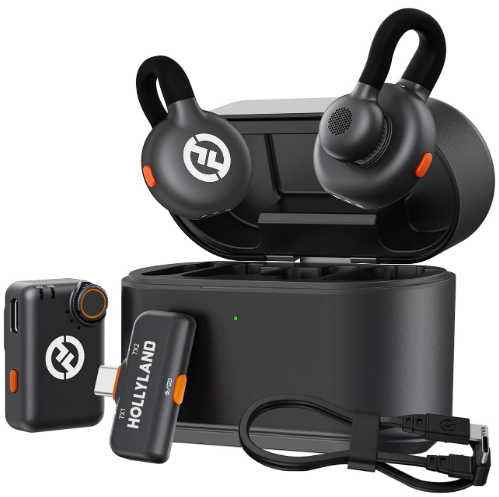
Hollyland LARK M2S – Wireless Clip-on Microphone
- 7g Lightweight, Titanium Clip, Discreet Design
- Clear sound with 24-bit/48kHz, 70dB SNR, 116dB SPL
- Noise Cancellation & 300m Long-Range Stability
- Works with Camera/iPhone/Android/Laptop
- Perfect for Content Creators, Online-Teaching, Streaming
$139
$159
FAQs:
Q1: Do I need any special apps to use an external microphone with my iPhone XR?
A1: For most external microphones, you can simply plug in and start recording using your iPhone’s default camera app, voice memos, or other recording software. However, some microphones may have companion apps that offer enhanced features and greater control over recording settings.
Q2: Will using an external microphone drain my iPhone XR’s battery faster?
A2: External microphones may use a small amount of power from your iPhone XR, but this typically does not drain the battery significantly faster than normal. If you’re concerned about battery life during long recording sessions, consider using a microphone that has its own power source.
Q3: How do I connect an external microphone to my iPhone XR?
A3: Most external microphones connect via the Lightning port. If the microphone has a 3.5mm jack, you will need to use a Lightning to 3.5mm adapter. Some microphones may also connect wirelessly using Bluetooth. Always check the manufacturer’s specifications to ensure compatibility with your device.





























.png)


